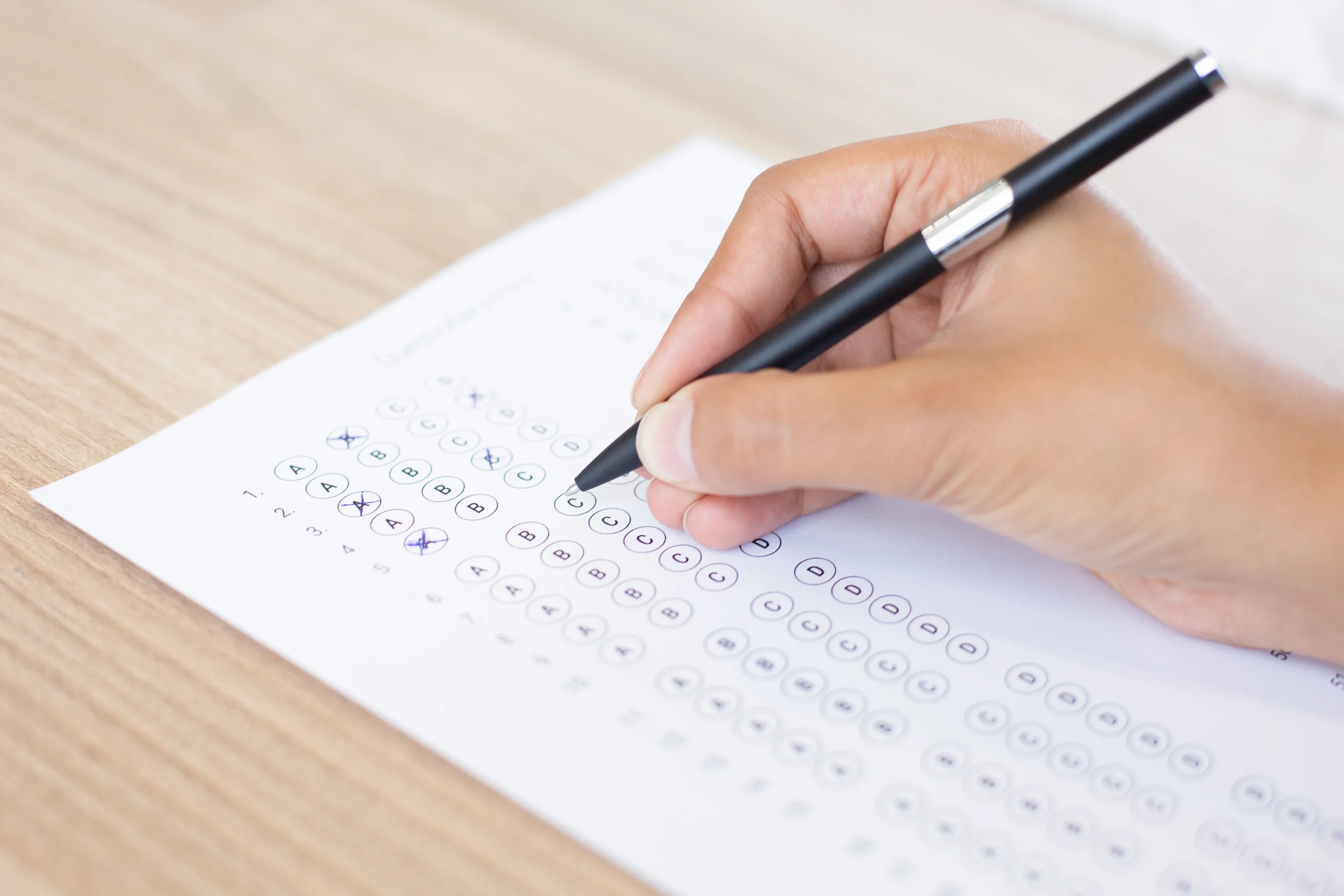What is curriculum planning, and why does it matter so much for Abu Dhabi’s educational future? At its core, it involves the systematic design and organization of educational content, learning experiences, and assessment methods that guide what students learn and how they learn it.
Abu Dhabi’s position as a global hub makes aligning curriculum planning with international standards particularly significant. Students educated in Abu Dhabi schools will compete and collaborate with peers from around the world. They need skills, knowledge, and competencies that meet or exceed global benchmarks.
The Curriculum Planning Process
Steps in the Curriculum Planning Process
The curriculum planning process follows several key stages that ensure comprehensive and effective educational programs. It begins with needs assessment, where educators and administrators identify what students need to learn based on national standards, global benchmarks, future workforce demands, and student developmental needs. This assessment provides the foundation for all subsequent planning decisions.
Next comes goal setting, where broad educational aims get translated into specific, measurable learning objectives. These objectives describe what students should know and be able to do after completing various educational experiences. Clear objectives guide both teaching and assessment throughout curriculum implementation.
Collaboration in Curriculum Planning
Successful planning requires collaboration among diverse stakeholders. Teachers bring classroom expertise and understanding of student needs. Subject matter specialists ensure content accuracy and appropriate depth. Administrators provide perspective on resources, scheduling, and policy requirements. Parents offer insights about student experiences and community expectations.
In Abu Dhabi’s context, curriculum planning and development also benefits from international educational consultants who bring global perspectives and expertise in implementing recognized international curricula. This collaboration ensures that local planning aligns with proven global practices while adapting to local context.

Aligning Abu Dhabi's Curriculum with Global Standards
Importance of Global Education Standards
Global education standards provide frameworks that help ensure students develop competencies recognized internationally. These standards address both content knowledge in core subjects and cross-cutting skills like critical thinking, communication, and digital literacy that students need regardless of where they live or work.
For Abu Dhabi students who may pursue higher education or careers anywhere in the world, curriculum aligned with global standards opens doors. Universities worldwide recognize qualifications from internationally-aligned programs, and employers value skills that meet global benchmarks.
Strategies for Aligning Curriculum with Global Benchmarks
Several strategies help align Abu Dhabi’s curriculum planning with international standards. First, schools can adopt established international curricula like the International Baccalaureate, British curriculum, or American standards. These programs bring built-in alignment with global benchmarks and recognition worldwide.
Alternatively, schools developing local curricula can benchmark against international frameworks. This involves comparing planned learning outcomes with those in high-performing educational systems globally and ensuring local standards match or exceed international expectations.
Ensuring Consistency with Global Trends in Education
Current global education trends emphasize several priorities that Abu Dhabi’s curriculum planning should reflect. These include greater focus on STEM education to prepare students for technology-driven economies, development of soft skills like collaboration and creativity alongside academic content, integration of digital literacy across all subjects, and attention to global citizenship and intercultural competence.
Incorporating these trends doesn’t mean abandoning local priorities but rather ensuring students develop the full range of competencies they’ll need for success in a connected world.

Best Practices for Effective Curriculum Planning
Continuous Professional Development for Educators
Teachers implement curriculum daily, making their understanding and skills central to success. Effective curriculum planning includes ongoing professional development that helps teachers understand curriculum goals, master new instructional approaches, and adapt teaching to diverse student needs.
Professional development should connect directly to curriculum being implemented rather than consisting of generic training disconnected from teachers’ actual work. When teachers receive support specifically designed to help them implement planned curriculum effectively, student outcomes improve significantly.
Student-Centered Curriculum Design
Modern curriculum planning prioritizes student needs and experiences rather than organizing solely around content convenience. This means considering students’ developmental stages, prior knowledge, interests, and learning styles when designing curriculum.
Student-centered curriculum also incorporates student voice, giving learners appropriate input into their educational experiences. This might include choice in project topics, flexibility in how students demonstrate understanding, or student participation in curriculum evaluation.
Technology Integration
Technology plays an increasing role in education globally, making it a necessary consideration in curriculum. This goes beyond simply adding technology to existing curriculum and instead thinks about how digital tools can enhance learning in ways not otherwise possible.
Effective technology integration in curriculum planning considers:
Which technologies genuinely support learning objectives rather than being used for novelty
How to develop students’ digital literacy alongside subject-area learning
Ways technology can personalize learning and provide practice opportunities
Methods for ensuring equitable access to technology resources
Strategies for teaching responsible and ethical technology use
The Role of Assessment in Curriculum Planning
Measuring Progress and Effectiveness
Assessment serves multiple purposes in curriculum planning. It measures individual student learning, provides data for curriculum evaluation, and offers accountability information to stakeholders. Well-designed assessments align with curriculum objectives and use methods appropriate to what’s being measured.
The planning process should include assessment design from the beginning rather than treating it as an afterthought. When assessments align well with curriculum goals, they provide meaningful information about both student learning and curriculum effectiveness.
Feedback Loops in Curriculum Evaluation
It doesn’t end with implementation. Ongoing evaluation examines whether curriculum achieves intended outcomes and identifies areas needing improvement. This evaluation uses multiple data sources including student assessment results, teacher observations, parent feedback, and comparison with other schools or systems.
Key evaluation questions include:
Are students achieving intended learning outcomes at expected levels?
Do assessments accurately measure what curriculum aims to teach?
Are teachers able to implement curriculum as designed with available resources?
Does curriculum remain current with developments in subject areas and pedagogy?
How does student performance compare with relevant benchmarks locally and globally?
This feedback informs curriculum revisions, keeping programs effective and relevant as needs change.
Future Trends in Curriculum Planning in Abu Dhabi
Adapting to Changing Educational Needs
The curriculum planning process must remain responsive to changing educational needs. The skills students need evolve as society, technology, and economies change. Curriculum that served well ten years ago may not fully prepare students for the world they’ll inhabit as adults.
Abu Dhabi’s curriculum planning increasingly emphasizes adaptability, teaching students not just current knowledge but the learning skills they’ll need to continue developing throughout life. This includes metacognitive skills that help students understand their own learning processes and adapt to new situations.
Innovations in Curriculum Design
Several innovations are reshaping curriculum planning globally. Competency-based approaches focus on ensuring students master specific skills rather than simply completing time-based courses. Interdisciplinary curriculum breaks down traditional subject boundaries to help students see connections between different areas of knowledge.
Project-based learning organizes curriculum around complex, real-world problems that require students to apply knowledge from multiple domains. These approaches align well with global trends toward deeper learning and practical skill application.
Abu Dhabi schools experimenting with these innovations demonstrate the emirate’s commitment to staying at the forefront of educational development while maintaining rigorous academic standards.
Conclusion
Curriculum planning in Abu Dhabi represents a sophisticated balance between local values and global standards. By following systematic planning processes, collaborating across stakeholder groups, and aligning with international benchmarks, Abu Dhabi’s schools create educational experiences that prepare students for success anywhere in the world.
The strategies outlined—from needs assessment and collaborative development to technology integration and continuous evaluation—provide a framework for curriculum planning and development that serves students well. Regular alignment checks against global standards ensure Abu Dhabi students develop competencies recognized internationally while maintaining connection to their cultural heritage.


